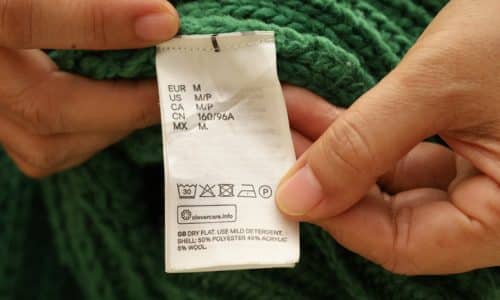When babies reach the “I can sit on my own” milestone, parents rejoice! Sitting on their own allows babies more freedom to play, to see their world from a different, more exciting angle, and for parents to worry a little less about flattening of the back of Baby’s head laying down.
However, as babies grow, the way they prefer to sit may be a clue that they would benefit from physical therapy with Imagine Pediatric Therapy. We explain why w-sitting may sometimes be a problem that needs intervention.
Nearly all children will sit in the W-position from time to time. The W-position is where the child sits on their bottom with their knees on the floor pointed forward and out and feet behind, so that their legs form a W. While adults may find W-position uncomfortable, children have more dexterity in their hip joints and may prefer this way of sitting when they want a more stable base when playing.
If you notice your two- or three-year-old sitting like this on occasion and you have not observed any other behavior or habits that are concerning, it’s very likely that nothing is wrong. Children usually grow out of this posture around age six with no long-term effects.
However, if it is the primary way your child sits at any age, then we suggest erring on the side of caution and scheduling an evaluation for possible early intervention.
Why are we so concerned about W-sitting? Our Imagine Pediatric physical therapists know that primarily sitting in the W-position can lead to potential problems in muscle development. When a child sits in the W-position, it “limits the rotational development of hip and trunk strength, coordination of the two sides of the body and the development of balance reactions.”
Due to the wide base of support that is created with W-sitting, children may have difficulty using both sides of their body as it limits rotational development of the hips and trunk. This can make it difficult to develop balance reactions. Additionally, favoring this position causes some muscles in the hips and legs to tighten and some to loosen, potentially impacting gait and alignment.
If you notice your child sitting in the W-position on occasion, you can provide gentle reminders to change positions. Ask them to sit “crisscross”, with knees out to the sides and feet tucked into the groin area. Our therapists recommend keeping the conversation positive by phrasing the request like “When you’re playing with your blocks, please sit crisscross to make your legs even stronger.” You can also provide alternative places to sit, such as a small table and chair.
If you notice that the W-position is the preferred sitting position of your child and your reminders are not enough to change that preference, or if W-sitting is accompanied by low muscle tone, limited mobility, lack of coordination, or delays in gross motor skills, click here to schedule an evaluation as soon as possible.
Imagine Pediatric physical therapists will work with your child to improve muscle strength, range of motion, coordination, and balance to promote a neutral alignment for play activities.



